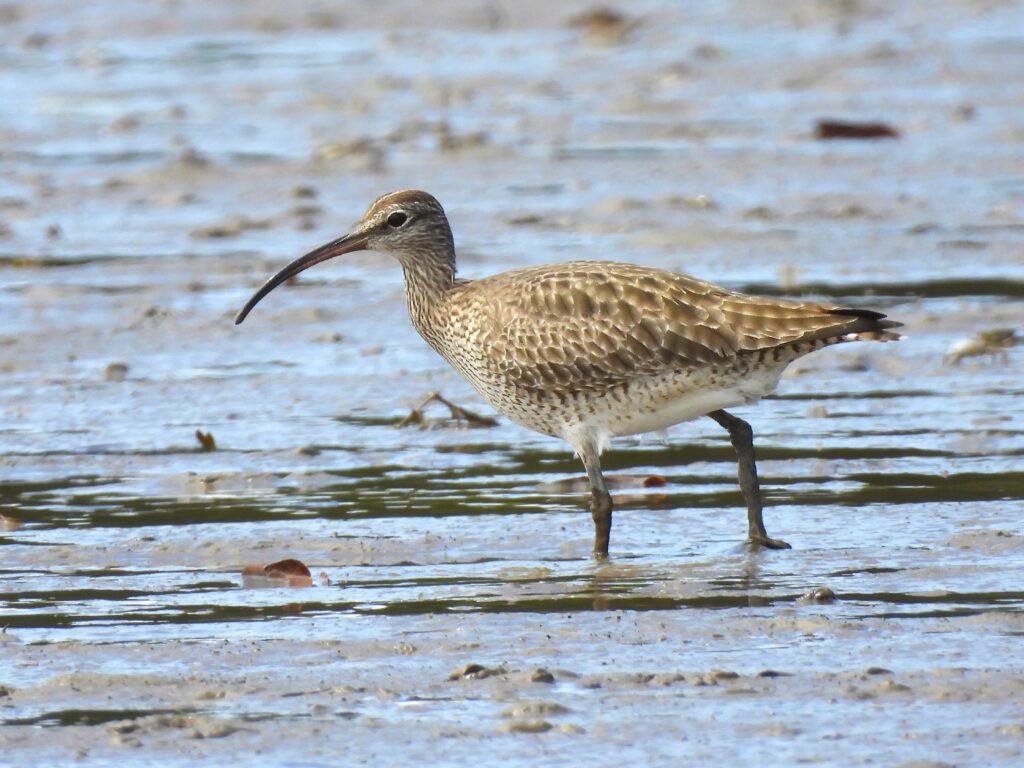
Environmental Hot Topics
Numerous environmental conservation projects aim to protect endangered species and habitats. Additionally, management processes, including international conventions such as the Ramsar treaty, are in place. This section will discuss topics related to these projects and provide a brief overview.

The Ramsar Convention
The Ramsar Convention on Wetlands is an intergovernmental treaty that provides the framework for national action and international cooperation for the conservation and wise use of wetlands and their resources. It was named after the Iranian city of Ramsar where the original treaty was signed on the 2 February 1975. There are currently 172 contracted parties with 2439 sites recognised as wetlands of international importance.

Biodiversity
Biodiversity refers to the variety of life on Earth, including species diversity, genetic variation, and ecosystems. It is crucial for maintaining natural balance by supporting processes like pollination, nutrient cycling, and climate regulation. Biodiversity strengthens ecosystem productivity and stability, making environments adaptable to change. Protecting biodiversity ensures the survival of many species, including humans.

Conservation Management
Conservation management programs in Australia help protect key species like the Greater Bilby, the Koala, Leadbeater’s Possum, and the Northern Hairy-nosed Wombat, which support biodiversity and ecosystem health. These species, often known as keystone species, contribute to soil aeration, seed dispersal, and forest structure. Protecting them also safeguards habitats for many other plants and animals.